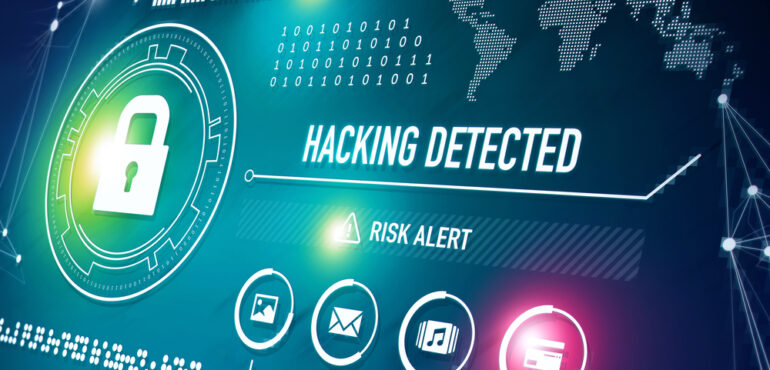Automating Intrusion Response: Leveraging Technology for Rapid Incident Handling
Incident response is increasingly becoming a priority for organizations of all sizes. In the era where security incidents are rampant and unpredictable, detecting and managing attacks in ways that effectively minimize damage, recovery time, and total costs is a challenge. On top of that, most small businesses lack sufficient resources or staff to prepare for, assess, and mitigate attacks and breaches. An understaffed organization cannot handle the large volumes of alerts, leaving many threats going uninvestigated and increasing its susceptibility to serious attacks. It is nearly impossible to manually respond to intrusion threats.
This is where a purpose-driven automated intrusion response solutions come in. These tools are designed to scan oceans of data to detect, analyze, and prioritize potential threats in a firm’s infrastructure in real-time.
How to Automate Intrusion Response
Before delving into intrusion response (IR) automation, it’s crucial to first understand what it entails. Automated IR is a proactive and systematic response to attacks and security breaches. It leverages advanced tools such as rule-driven logic, artificial intelligence (AI), and machine learning (ML) to monitor traffic, analyze and correlate data to identify and triage potential threats, and complete routine and standardized tasks. Automated IR solutions expedite incident response process and increase the efficiency and effectiveness of the security teams.
The automated IR technology works by automating most of the manual and labor-intensive response processes. It ingests, processes, and analyzes large volumes of data from various sources and aims to separate meaningful flags from false ones, prioritize the most significant alerts, and point the source of the problem. Automating your IR strategy lets you be in control at all times. Here’s how:
Build A Framework Around Manual Tasks
One of the most important best practices for automating IR creating a framework around manual tasks in an incident response process. The framework will define what security analysts can do in the event of an intrusion. The reason for this is automating the process may not go as planned since it relies on the availability of functionality of tools. Test the processes to ascertain their effectiveness in a real incident and then proceed to automating part or the entire process.
Assess And Improve On A Continuous Basis
Monitor the relevant processes even after automation to ensure its effectiveness and identify areas of improvement. Once you’ve identified weaknesses in the automated process, either through testing or responding to an actual incident, adjust and refine accordingly. Continuous improvement should part of automating your IR model and it involves leveraging and integrating new advanced tools as their drop.
Create Templates For Iterative And Scalable Development
After multiple testing and dealing with a wide range of incidences with the automated IR solution, you should have knowledge of various types of cybersecurity threats and security breaches. Build playbook templates around these incidents to help the security team reuse common procedures or customize certain templates for different types of incidents.
Bottom Line and How Thinline Can Help
An effective IR strategy should be an integral part of an organization’s overall cybersecurity policy. However, with the threat landscape rapidly evolving and becoming more terrifying, coupled with lack of resources, manual processes cannot provide proactive, fast, and real-time threat mitigation. An automated incident response solution integrated with ultramodern tools can go a long way in counteracting all kinds of threats. You can strengthen your defense by deciding to automate your IR process.
As a full-service IT company dedicated to delivering robust and proactive cybersecurity solutions, Thinline Tech is well suited to helping you realize the benefits of automated IR. Contact us today to find out more.
